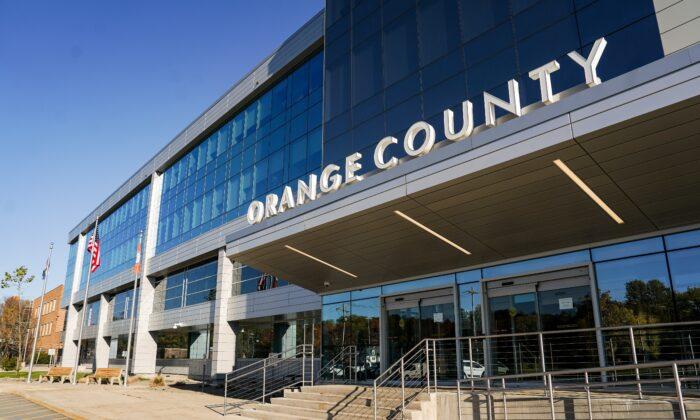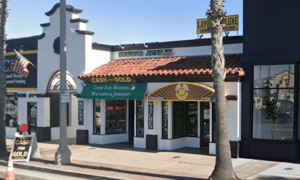Orange County legislators on Oct. 3 passed a new legislative district map with a 17–2 vote.
Boundaries of all 21 legislative districts shifted in the new map based on the decennial U.S. Census of 2020, with some districts seeing drastic line changes.
Among all municipalities in Orange County, the village of Kiryas Joel saw the most population growth during the 10 years between 2010 and 2020, by close to 12,800 people.
The town of Wallkill, the distant runner-up, saw only 3,000 more residents in the same period.
“There is sort of a domino effect,” a consultant told lawmakers at a June 26 rules committee meeting. “Because of how large certain districts have gotten, it is going to cause massive changes to the rest of the map.”
As consultants adjusted district lines to iron out population differences per state laws, they said, their leeway was cut in half. In the past, the population differences between the most and least populated districts could not exceed 10 percent; the new limit is 5 percent.
“The tough nut to crack here is the population deviation, down from 10 to 5 percent, and that really tied our hands,” legal consultant Jeffrey Wice said to several lawmakers whose suggestions were not taken, at a July 17 rules committee meeting.
Per state laws, the stricter population difference rule must be considered before all other redistricting principles, including those that legislators and public members were most concerned with—maintaining core areas in the existing districts and respecting current municipal boundaries.
“There are going to be areas that may not be as happy as other areas, and there is a give-and-take—there are just so many legal requirements that we must follow.”
In addition to the above-mentioned legal parameters, the 2023 John R. Lewis Voting Rights Advancement Act requires significantly more efforts by local governments to amplify minority voices during redistricting.
In Orange County, most minority residents live in the Middletown and Newburgh areas.
Legislator Kevin Hines, whose district has morphed into a horseshoe shape cutting through Newburgh, New Windsor, and Cornwall in the new map, cast one of the two dissenting votes at the Oct. 3 legislative meeting.
He said that the redistricting process should have allowed more legislative access to the mapping technology instead of deferring most use to consultants and that it should include all legislators in key discussions instead of having small group meet-ups.
He added that the Legislature had previously voted to advance three draft maps for public review, but only one was delivered at the end of the day.
County Legislature Democratic Minority Leader Mike Paduch, the other dissenter whose district lines were drastically changed in the Middletown area, also advocated for three draft maps.
Bonelli previously told The Epoch Times that the redistricting process was more transparent and inclusive than the last cycle 10 years ago and that it can still be improved.
Under her design, a redistricting committee—which included Paduch, Republican Majority Leader Tom Faggione, conservative legislator James O'Donnell, independent legislator Michael Amo, and rules committee chair Paul Ruszkiewicz—acted as the middle link between consultants and the rest of the legislators.
“You can always learn, and you can always improve,” Bonelli said.
The redistricting contract with AppGeo cost around $100,000.
All 21 county legislative seats are up for election in 2025.







